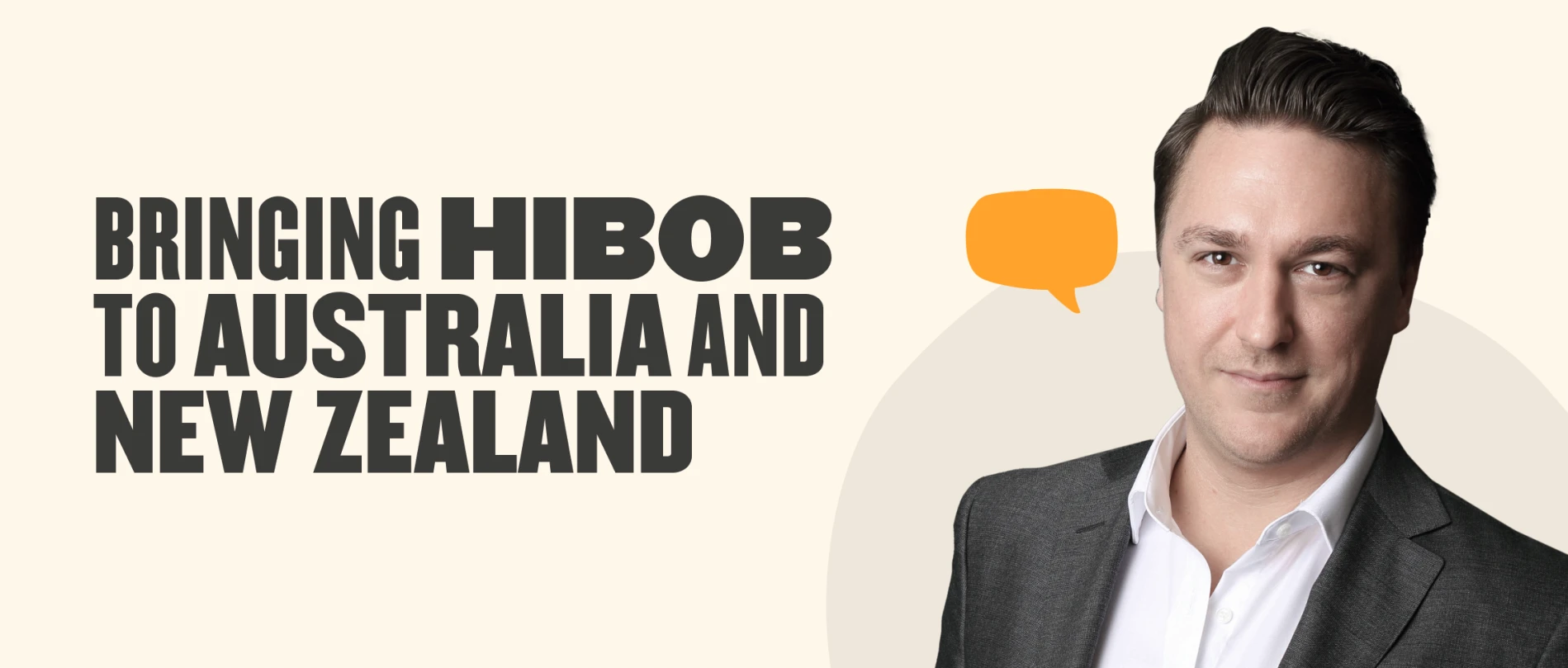HR’s role is more strategic and critical than ever in modern organisations. Attracting and retaining top talent increasingly challenges businesses as the workforce modernises and becomes more global. To thrive in today’s modern work environment, organisations must create an inclusive company culture that enables them to successfully manage dynamic working environments and the rise of dispersed teams.
Over the course of my career, I have established multiple high-performing, cross-functional, and diverse teams from the ground up. To do this successfully, I’ve come to believe that leadership means understanding what drives the individuals on your team, and creating an inclusive company culture and work experiences that lead to people doing their best work.
Leading organisations through remarkable company cultures
It’s always been important to me to foster an “open door” company culture where employees can easily approach me, other managers, and each other to share their ideas or just connect on a personal level. This environment builds a culture of trust, collaboration, and transparency that allows people to be authentic at work. It also creates faster feedback loops, fast-tracking the path to success.
An open-door culture allows people to ask questions and explore everything from the smallest to deepest details of what they need personally or professionally to excel. It can be adapted to traditional in-office and remote work environments. Most importantly, it fosters a culture that creates remarkable employee experiences.
The COVID-19 pandemic disrupted the way we worked and prevented daily “water cooler” moments, allowing teams to connect on a personal level. Team communication became back-to-back Zoom meetings, which were always commercial and purpose-driven. To reconnect on a more personal level, we introduced “open door” Zoom meetings where people from any team or department could drop in and out of the call as they liked to talk about any subject.
The result was inspiring: people who had joined but never met in person ended up casually meeting over Zoom, discovering they supported rival football clubs, or had shared challenges like raising newborns during lockdowns. These conversations ultimately led to a more connected team as people felt capable of sharing their ups and downs with each other.
Belief in this kind of work culture brought me to HiBob. The Bob platform provides the tools necessary to drive favorable outcomes while building a truly inclusive work culture that benefits every employee. The three pillars of leadership for every successful modern organisation are built right into Bob: diversity, equity, and inclusion (DE&I); employee engagement; and data transparency.
Remarkable work experiences translate into company success
Before organisational leaders can think about driving programs of lasting success, we must first consider the human elements involved in the process. Robust and inclusive work cultures are fundamental to success.
DE&I, employee engagement, and data transparency are all critical ingredients in genuinely inclusive cultures. Providing employees with a safe platform to access information and voice their opinions and concerns encourages engagement and supports the growth of high-performance teams.
DE&I: what true workplace inclusivity looks like
In my experience, the most diverse teams perform best. They include people from various professional backgrounds and walks of life, whether we’re speaking of race, ethnicity, nationality, gender, diverse career experiences, or otherwise.
Truly inclusive workplaces give employees a voice and the ability to use it to drive real change. When given a voice, employees paint a clear picture of whether they are disgruntled, happy, engaged, and why. Without a safe space, many voices remain silent, engagement drops, and the organisation can’t retain top talent.
Companies that provide a platform where employees can safely voice their opinions often exceed goals. After all, open communication helps identify and rectify problems. It also helps bolster strengths while promoting engagement.
The importance of fostering successful employee engagement
Like DE&I, employee engagement is also crucial to preventing employee attrition and building inclusive work cultures that drive success. Truly engaged employees have a clear understanding of what their role is accountable for and how that role adds value to the company. These indicators come from constant communication and are a core part of the suite of tools employees need to remain engaged and execute their jobs effectively.
Any organisation that promotes DE&I and fosters employee engagement and a culture of trust is on the right track. But, to drive long-lasting success, we need quantifiable, organisation-wide people data from which we can garner actionable insights. How can data, like engagement and satisfaction, be quantified and tracked?
Recommended For Further Reading
Promoting data transparency across the organisation
Communication and listening is only the first step. By listening to diverse teams of engaged employees, HR leaders and managers can help set informed KPIs, OKRs, and other standards to help drive success and grow businesses. But if we want to understand how these data points apply across the organisation as a whole, we need a tool that can scale this information. Most importantly, we need a tool that encourages employee engagement while collecting dynamic and critical data HR leaders can put into action.
Although there are numerous HRIS tools on the market, most are limited in their capabilities. They can’t scale and only provide a one-to-one view. Modern organisations require a view of one-to-many. Ultimately, today’s HR leaders need an automated system that integrates seamlessly with best-in-class human processes.
Bob was built to promote data transparency across organisations while keeping people at the heart of its processes. Most importantly, HR leadership can leverage Bob to scale operations and achieve dynamic goals while keeping every employee informed and engaged, even as work structures transform.
From vision to practice: paving a new way forward for mid-sized companies in Australia and New Zealand with Bob
The COVID-19 pandemic made leading businesses over the past 24 months uniquely challenging. Joining HiBob, leading our expansion in Australia and New Zealand, and finding top talent to join me in the midst of it is a great privilege.
Emergence from the pandemic placed companies amid a war for talent and the Great Resignation we all keep hearing so much about. Employee engagement is now as it always has been: a key component to business success. People and their priorities have become businesses’ top priorities. This shift in the workforce brought HR to the forefront of organisational leadership, and HR leaders everywhere are now more strategically involved in business planning than ever before.
Modern, mid-market companies need a product like Bob more than ever to help them emerge stronger from the pandemic. My purpose at HiBob is to bring to mid-market companies a tool designed for them by a company that understands their pain points because we’re experiencing them, too.
My goal is to build a team at HiBob that works hand-in-hand with partners and customers. We will help them leverage Bob as a tool created to promote a strong employee brand and rapid expansion—all while placing people at the heart of their business strategy. We will deliver the Bob platform to the mid-market in Australia and Zealand as a fit-for-purpose product that helps navigate this new era of the workforce and helps guide companies to long-term success.

From Damien Andreasen
For the last decade, Damien has been launching and scaling teams for some of Australia’s fastest-growing technology companies. When he’s not dreaming up new GtM plans, he can be found in the kitchen cooking Italian food and watching the F1.

